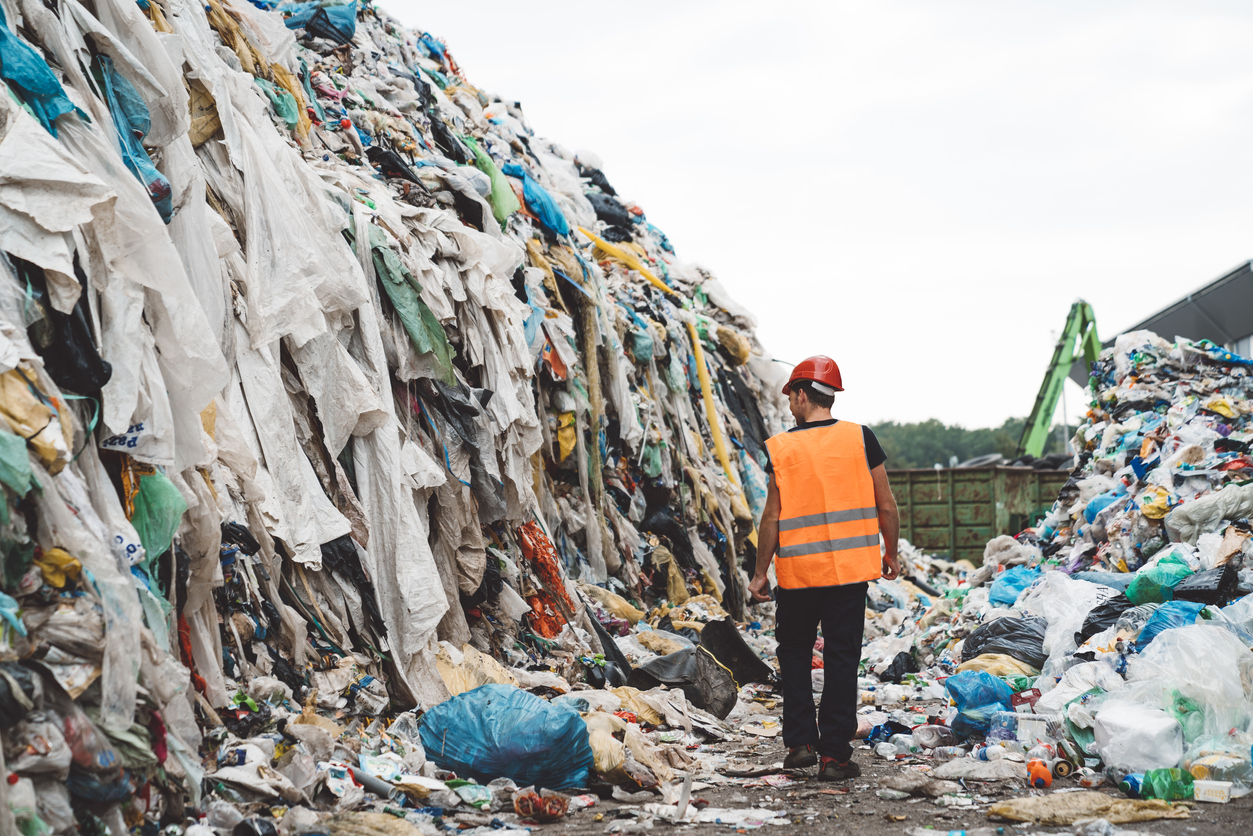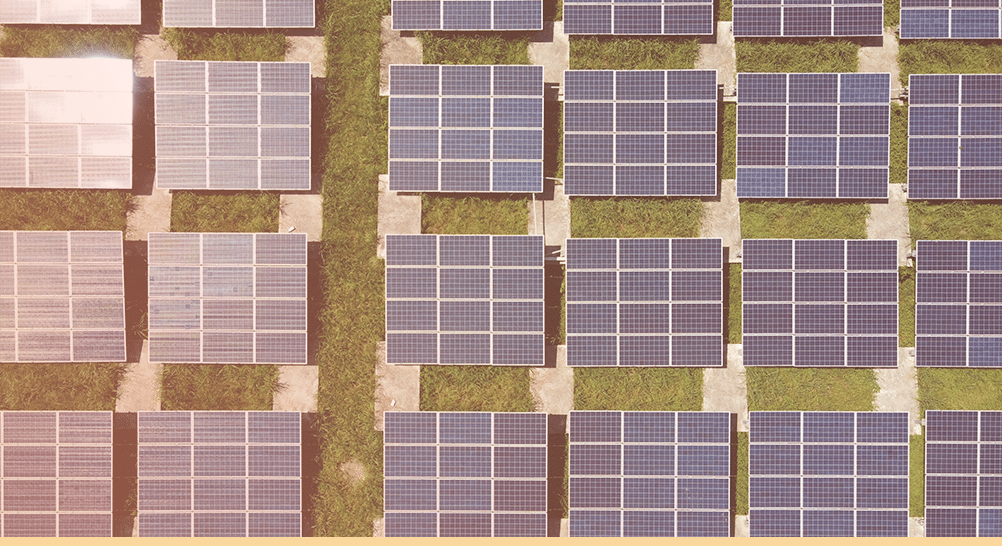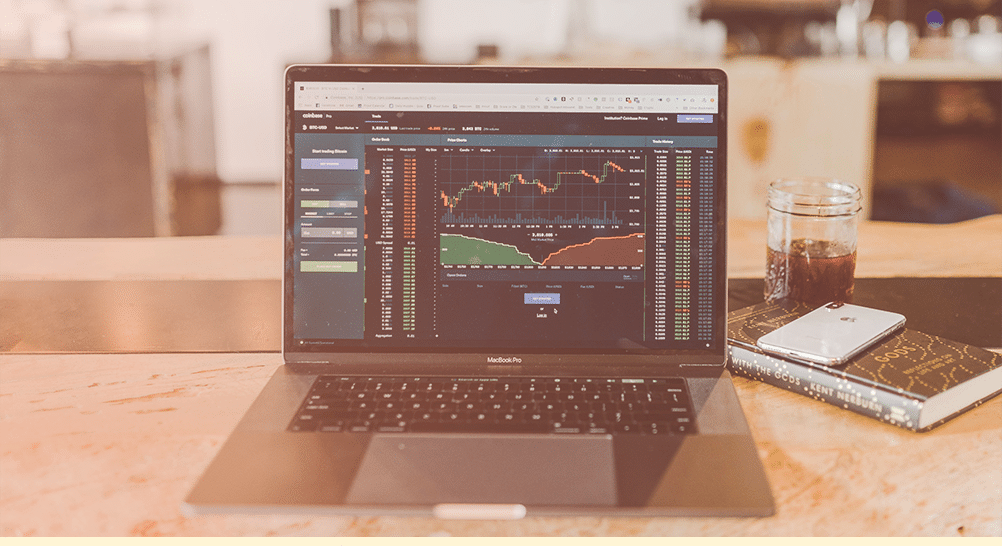The second installation of MarketDial’s three-part series exploring the necessity of retail sustainability: here we discuss the many arenas where retailers can focus sustainability efforts, explaining why each matters to global well-being.
Why retailers should aim to reduce carbon emissions
How retailers can reduce carbon emissions
Why retail waste reduction matters
How retailers can reduce waste
Why production and packaging are integral to retail sustainability
How retailers can embrace green product development
Why land and water restoration is vital
How retailers move beyond preservation to restoration
Why retailers should aim to reduce carbon emissions and greenhouse gases
Reducing carbon emissions and greenhouse gases (GHG) will decrease global warming, significantly benefit global heath, and improve the global economy.
Decreasing global warming
The Earth’s temperature is dependent on a balance between the energy from the sun radiating to Earth and the energy radiating off the Earth back into space. Carbon dioxide and GHG absorb the heat rather than projecting it. Hence, the more of these gases in the atmosphere, the less heat returning to space and the more heat being held on the planet.
Benefitting global health
Research from NASA, Columbia University, and Duke University found that “reducing global emissions over the next 50 years to meet the goal of the Paris Agreement to keep global warming under 2°C through the end of the century would prevent about 4.5 million premature deaths, 1.4 million hospitalizations and emergency room visits, 300 million lost workdays, 1.7 million incidences of dementia, and 440 million tons of crop losses in the United States. Roughly two-thirds of those benefits would be realized even if only the United States reduced emissions.”
Improving the global economy
The high toll that pollution and global warming take on mortality and health greatly affects GDP. A 2017 study determined that 1.23 million deaths from air pollution in China in 2010 impacted the GDP by 13.2%, and 23,000 deaths in the UK impacted the GDP by 7.1%.
A report published by the International Renewable Energy Agency IRENA notes that by 2030, renewable energy efforts will have increased GDP by 1.1%, created 24 million jobs, increased overall welfare by 3%, and enhanced trade opportunities.
How retailers can reduce carbon emissions
- Construction and energy conservation. Construction is responsible for 20% of global emissions annually, with building operations responsible for an additional 27%. In total, almost 50% of emissions are due to the built environment. Creating energy efficient buildings with renewable energy and greener material selection as well as reusing recycled materials can significantly improve built emissions.
- Freight Transport. In 2019, 15 big retail companies emitted 12.7 metric tons of carbon dioxide into the atmosphere through shipping alone. In addition, shipping accounts for 10-15% of manmade sulfur oxide and nitrous oxide emissions. And according to the EPA, medium- to heavy-sized trucks account for 26% of GHG emissions in the United States. Creating clean energy transportation options will be essential to curbing the emissions created by transporting freight. According to the Department of Energy, by 2030, almost half of medium-to heavy-sized zero-emission vehicles will be less expensive to own, maintain, and operate.
- Electric vehicle charging stations. Retailers know EV charging station installation comes with a big price tag. But what they might not know is that it also carries significant long-term financial opportunities. Studies indicate that 85% of EV owners earn over 100K annually, and retailers who install chargers are seeing time spent at stores increase an average of 50 minutes. In addition, car companies worldwide sold more than twice as many EVs in 2021 than in 2020, and three times that of 2019. Sales on EVs continue to increase with greater EV availability, inflationary concerns, gas prices, and an increase in EV charger availability. With that growth, the need for EV charging stations is only going to continue to increase.
- Refrigerant. Hydroflurocarbons (HFCs), the primary greenhouse gases in refrigerants, are significantly more potent than carbon dioxide. According to Stanford professor Rob Jackson, “One large glass of HFC 134 has the same warming as a thousand pounds of carbon dioxide pollution from our cars.” By transitioning from HFCs back to natural refrigerants such as ammonia and propane, supermarkets can achieve near zero global warming in refrigerant use.
Why retail waste reduction matters in retail sustainability
According to the World Food Programme, “One-third of food produced for human consumption is lost or wasted globally. This amounts to about 1.3 billion tons per year, worth approximately US $1 trillion. . . . In industrialized countries, more than 40 per cent of losses happen at retail and consumer levels.”
And the Environmental Protection agency notes that 146.1 million tons of municipal solid waste were placed in landfills in 2018. The breakdown for this is as follows:
24.14% food waste
18.46% plastic waste
11.78% paper and paperboard
9.53% metals
8.32% wood
7.73% textiles
7.21% yard trimmings
5.17% glass
3.42% rubber and leather
4.25% other miscellaneous.

How retailers can reduce waste
- Recycling. One of the simplest ways retailers can recycle is by investing in a cardboard baler in their stockrooms, enabling them to easily bale their own cardboard. Retailers can also begin offering more green products with green packaging – behavior that not only appeals to eco-conscious consumers but also sends a clear message to CPGs that non-sustainable products will get less shelf space. Retailers can also place recycling bins inside the store, enabling customers to discard their trash accordingly.
- Donating. Donation is of utmost importance when it comes to getting excess food to those struggling with food deficiency. Non-profit organizations such as Waste No Food, make donation easy. In under a minute, “farms, restaurants, cafeterias, hotels, stadiums, and grocery stores post excess food” on the app. Vetted charities are then notified, picking up the donations and delivering them to the hungry.
Donated clothing also has an impact. By 2030 it is estimated we will be discarding over 134 million tonnes of textiles a year, 85% of which end up in landfills. However, the Secondary Materials and Recycled Textiles Association estimates that when clothing is donated, 45% is worn as secondhand clothing, 30% is cut down and used as rags, 20% is ground down and reprocessed, and only 5% is unusable. - Reusing. One of the biggest emerging trends in the industry is retailers reselling their clothing second-hand. Consumers can donate branded clothing back to the company and receive in-store credit if their clothing is selected for resale.
Reuse stores are also cropping up that allow resale of secondhand building supplies, art supplies, and housewares. Even celebrities are jumping on the secondhand bandwagon, selling their clothes on Depop and eBay to appeal to Gen Z’s rising preference for pre-owned purchases.
Other retail reuse options include incentivizing shoppers to bring reusable bags for checkout, and delivering items/picking up items that reuse containers, such as the tried-and-true milkman method of reusing milk containers. - Composting. Industrial composting will process large-scale, high-volume organic waste, selling the generated compost to farms, nurseries, municipal landscaping, and individuals. It collects the waste from grocery stores, restaurants, and other facilities which manage food waste.
Why production and packaging are integral to retail sustainability
Packaging makes up approximately 65% of household trash. Only 14% of plastics are recycled, 40% end up in landfills, while another third ends up in the ocean. One harrowing estimation predicts there will be more plastics in the ocean than fish by 2050.
Industrial production also takes a toll on valuable resources and the environment. The Center for Disease Control (CDC) finds that high-income countries use 59% of their water for industrial use. And, according to the University of Indiana, each year the US population discards “16,000,000,000 diapers; 1,600,000,000 pens; 2,000,000,000 razor blades; 220,000,000 car tires; and enough aluminum to rebuild the US commercial air fleet four times over.” Studies show it can take up to 500 years for diapers to decompose and 1,000 years for pens and razors to biodegrade. These statistics are a miopic snapshot of the non-biodegradable products making their way into landfills.
How retailers can embrace green product development
- Packaging. While utilizing recycled materials and recycling materials is one way to reduce the packaging footprint, another way is to use packaging materials that biodegrade easily: cornstarch, bamboo, mushroom, and seaweed are all being explored for their potential use in packaging. Textiles are also using hemp tape, cotton wool, linen, poplin, tapioca, and palm leaves.
- Seafood sensitivity. NOAA Fisheries notes, “sustainable seafood is the most environmentally efficient source of protein on the the planet.” For this to continue to be so, it is essential retailers work to prevent overfishing, rebuild depleted stocks, preserve protected species, and conserve the fish habitat.
- Pollination. The decline of pollination impacts everything from food production to supply chain distribution. The European Commission suggests retailers take the following steps to support healthy pollination: convince supply chain to take action on site; raise awareness to stakeholders; monitor and evaluate the impacts of their actions on wild pollinators, and partner with NGOs when implementing actions for pollinators.
Why land and water restoration is vital for retail sustainability
At the risk of sounding like a broken record, on the most fundamental level, we need clean food, water, and air to survive. The more land we consume for development, the less we have for vital natural ecosystems. The more water we use for industry, the less we have for consumption. The more oceans we corrupt, the less aquatic stability.
How retailers move beyond prevention to restoration
- Building location and reuse. Before buying up more real estate, retailers consider reinventing spaces that already have been built out. Can abandoned buildings be reconfigured as warehouses? Can mergers occur that allow two companies to create a symbiotic mutual space (a toy store partnering with a department store, for example)?
- Restore land. In addition to preventing deforestation, retailers can contribute to reforestation, supporting both land preservation and forestry restoration and protection.
- Restore ocean. Likewise, retailers can not only work to reduce oceanic waste and pollution, they can also work to repopulate fisheries and regenerate damaged ecosystems.
Finding ways to be sustainable is not difficult, but knowing how to make the change – and finding the funding for it – can be. However, with adequate testing, retailers can know how initiatives will impact them before rolling them out, enabling them to make the best possible decisions not just for their revenue stream but also for natural streams. Working together, we can find solutions that engender both environmental health and and economic health.
For more information on how testing can support sustainability efforts, check out these articles:
The psychology of retail sustainability
Testing to thrive in today’s retail landscape
Unlock the value of your data with A/B testing




